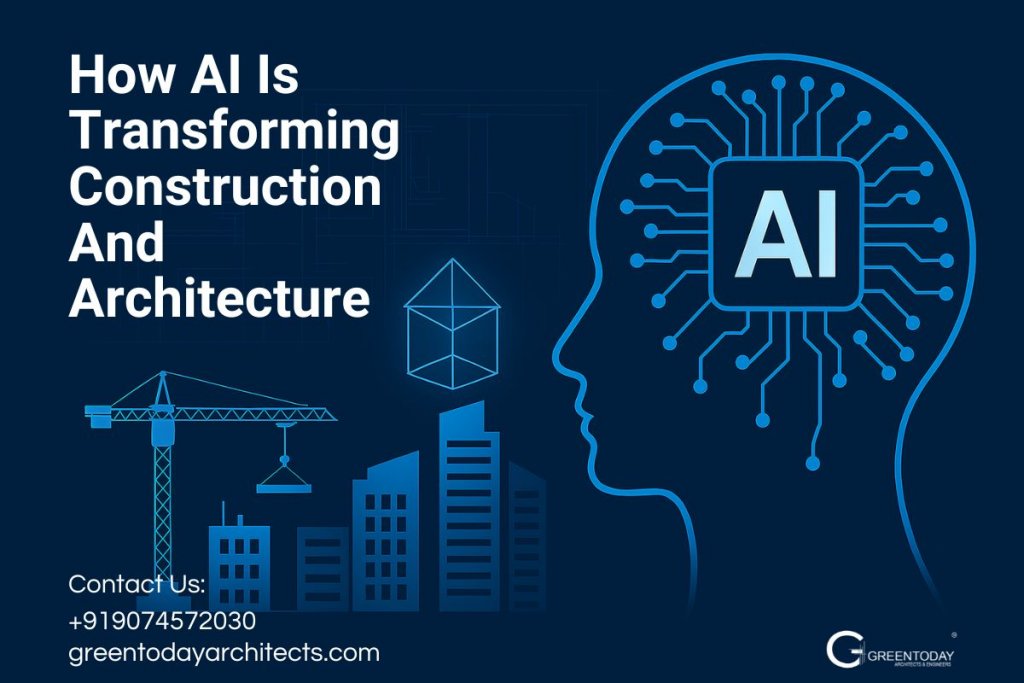1. Smarter and Faster Home Design
Traditionally, designing a home could take weeks or even months. Today, AI-powered design tools can generate multiple plan options in minutes, based on a client’s preferences, plot dimensions, lifestyle needs, and even local building regulations.
Architects input parameters such as number of bedrooms, budget, or preferred design style, and the AI generates optimized layouts—saving time and inspiring creative ideas.
2. Precision Budgeting and Cost Estimation
AI systems analyze historical data, local market prices, and real-time trends to provide highly accurate cost estimates. This allows homeowners and contractors to plan better and avoid budget overruns.
If material prices are likely to increase in the next month, AI can suggest early procurement or alternative options, ensuring projects stay within budget.
3. Sustainable and Energy-Efficient Homes
With growing concerns over energy consumption and climate change, AI is playing a critical role in building eco-friendly homes. AI analyzes environmental data to design homes that make the best use of natural light, airflow, and temperature control. The benefits include lower energy bills, reduced carbon footprint, better indoor air quality, etc.
AI can also recommend sustainable materials and assist in planning for solar panels, rainwater harvesting, and green roofing systems
4. Intelligent Construction Management
AI tools help streamline the construction process by scheduling tasks, tracking progress, and ensuring quality control. These systems can also predict delays, suggest timeline optimizations, and monitor site safety in real-time.
Drones and cameras powered by AI are used to inspect construction sites, detect defects, and ensure compliance with safety standards, reducing human error and project delays.
5. Smart Home Integration
Modern homebuyers are looking for homes that are not just built to last, but also built to thin and perform. AI plays a role in designing homes that come pre-integrated with smart systems for lighting and temperature control, security and surveillance, voice-activated appliances, and energy consumption tracking
By including AI-driven smart features in the architectural design stage, homes become more convenient, responsive, and future-ready.
6. Virtual Reality and Client Collaboration
AI enhances communication between architects, builders, and homeowners through real-time 3D models and virtual contacts. Clients can visualize their homes before construction begins and suggest changes instantly, reducing rework and improving satisfaction.


